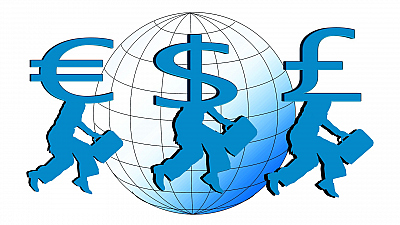Options are contracts that give an investor the right, but not the obligation to buy or sell the underlying asset, at a certain price, over a certain period of time.
They are a derivative financial instrument because their price is based on the price of the underlying asset, which could be a security, ETF or even an index. Options are traded on the options market.
Option contracts usually represent 100 shares of the underlying security, and the buyer pays a premium fee for each share.
An investor may choose to buy an option or to sell an option. The option itself can give to the investor the right to buy the underlying asset, or to sell it.
Buying an option does not grant ownership of the underlying asset.
It gives the investor the opportunity to buy or sell it, but only if he chooses to. He may do so by the expiration date of the contract. If the investor does not exercise his rights, the option becomes worthless at the expiration date. Until that date, the holder may choose to sell the option.
Trading options is a bit like betting on the price of the underlying asset to go up or down.
If the trader thinks the price of the stock (for example) will rise, he buys a call option. He is said to be bullish on the price of the underlying asset.
If he thinks the price will fall, he can buy a put option. He is then bearish.
Options are traded for several reasons.
It is considered safer to trade options than to trade the actual asset because you can withdraw the contract at any point if you choose to. Leveraged positions can be held at lower cost so a trader is able to profit from the price moves of the underlying asset, but at the same time to not get involved in the actual asset.
Investors also use options to hedge or reduce the risk exposure of their portfolios. These are excellent choices that provide an advantage in the diverse world of trading.




